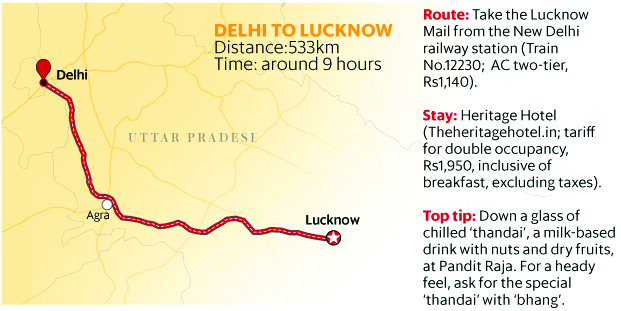A village enveloped in thick, white fog, the monsoon, and memories of ‘Malgudi Days’.
This story first appeared in Mint on Aug 26, 2016 under the section ‘Weekend Vacations’.
____________________________________________________________________________

I stepped off the bus and walked right into a white wall. Turning around, I saw the white wall creeping up behind me. It took a few seconds for my dazed mind to realize that it was actually thick fog. Almost animate, it was on the prowl, gliding without warning, and wrapping itself around the entire village.
A friend and I were in the hilly hamlet of Agumbe in the Western Ghats. An overnight bus journey from Bengaluru had brought us here for a weekend getaway to savour the magic of the monsoon. After all, Agumbe is one of the wettest places in India.
We had to trudge only 200m to Kasturi akka’s house (akka means elder sister in Kannada) from the bus stand. Locally known as Dodda Mane (big house in Kannada), it’s a village landmark.
Akka’s family has been giving sanctuary to weary travellers for 45 years, essentially converting Dodda Mane into a home stay much before the word started occupying an exalted position in the hospitality industry in India. This two-storeyed, traditional Malnad house, built with teak wood and stone, is more than 125 years old. Thick wooden columns line the front court; beyond it lies a central courtyard with potted plants circling it. From there, stout doors lead to the bedrooms and the kitchen.
Despite its rambling spread, there is a curious charm about it.
Akka’s son showed us to the rooms and dormitory on the first floor. The wooden stairs creaked under our feet. The sound was enough for the dame of the house to holler to ensure that her guests were okay and tell us that we could join her in the kitchen if we liked.

The kitchen had an old-fashioned brick stove, with large cucumbers hung above it to dry. At the corner of a large vintage table sat akka. The introductions happened over breakfast.
The first day was reserved for a trek to the Jogigundi Waterfalls, about 4km away. We logged a kilometre on the paved road before veering on to a forest trail. The slushy dirt path, with small, slippery rocks, put us to the test. The tall trees made a thick canopy above our heads and slim streams formed temporary capillaries around them. Thankfully, it had stopped raining.
The silence of the forest was punctuated only by the call of crickets and cicadas. We were about an hour into the trek when we heard a rising roar, an indication that we were nearing the waterfall. Stepping over fallen logs and walking down mossy stone steps, we parted the thick foliage to emerge at the base of the waterfall.
The Malapahaari river was rushing thunderously over boulders. It emerged from a cave-like formation, flowing down in a long trail over a series of rocks. We got as close as we could to the water, feeling the misty spray on our faces.
A couple of hours later, we headed back—and relaxed in the courtyard of Dodda Mane. Dinner that night was an excellent Malnad-style repast—high on vegetables and low on masala (spices) and oil.
There were no arguments about whether the next day should be dedicated to akka’s stories and a generous supply of kashaya (a herbal concoction). We decided to forgo the trip to Sirimane Falls (38km away) and the temple town of Sringeri (29km away). And over several cups of kashaya, akka and her family recalled the days when a few shows of the TV serial Malgudi Days had been shot in that very house.
By noon, the monsoon was living up to its promise, and fat drops of rain were exploding again on the roof of the house. The downpour came as a tonic, and we decided to take a short ride to an ancient Jain temple (19km).
We climbed the steps to the top of the temple and walked to a rocky outcrop at the rear. Volunteering to get slammed by the wind, we looked out at the outrageously green valley, punctuated by capillaries of freshly created streams.
It didn’t take long, of course, for the fog to blot out the scene.


